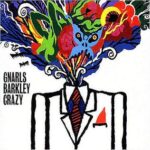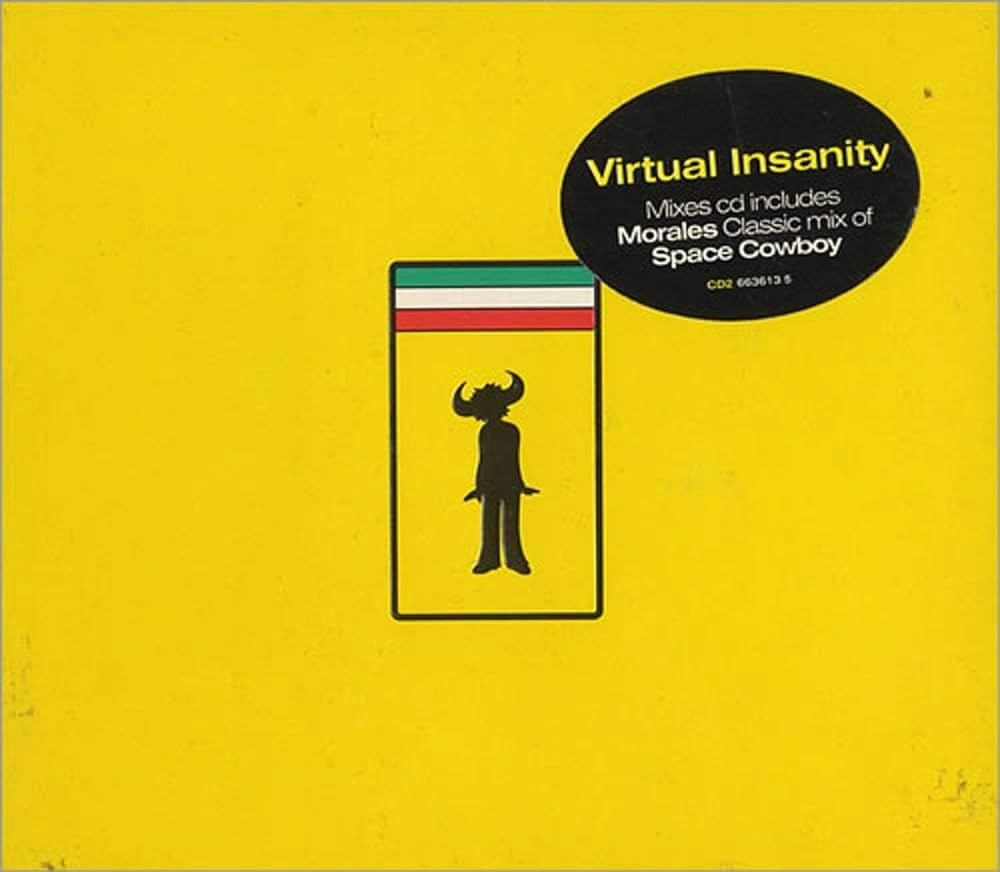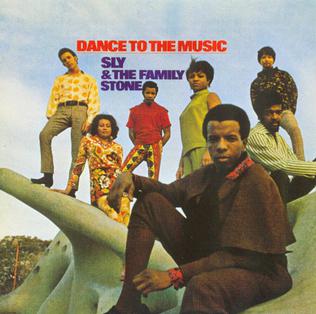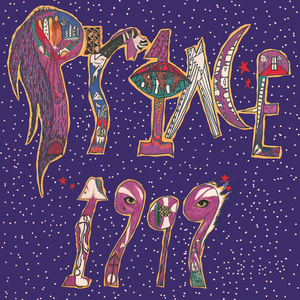 “Crazy” by Gnarls Barkley is one of those rare songs that seemed to come out of nowhere and instantly capture the cultural imagination, blending soulful introspection with an infectious groove that transcended genres and generations. Released in 2006 as the lead single from their debut album St. Elsewhere, this track propelled the collaboration between Danger Mouse (Brian Burton) and CeeLo Green (Thomas DeCarlo Callaway) into the spotlight, marking a defining moment in early 21st-century music. The song not only dominated charts worldwide but also opened new pathways for alternative soul, neo-soul, and hip-hop fusion, setting a precedent for experimental sounds in mainstream music.
“Crazy” by Gnarls Barkley is one of those rare songs that seemed to come out of nowhere and instantly capture the cultural imagination, blending soulful introspection with an infectious groove that transcended genres and generations. Released in 2006 as the lead single from their debut album St. Elsewhere, this track propelled the collaboration between Danger Mouse (Brian Burton) and CeeLo Green (Thomas DeCarlo Callaway) into the spotlight, marking a defining moment in early 21st-century music. The song not only dominated charts worldwide but also opened new pathways for alternative soul, neo-soul, and hip-hop fusion, setting a precedent for experimental sounds in mainstream music.
From its very first notes, “Crazy” hooks listeners with its hauntingly beautiful, slightly off-kilter piano riff and a deep, hypnotic beat. The production, masterminded by Danger Mouse, is both minimalist and richly textured, layering samples, live instrumentation, and subtle effects to create a mood that is simultaneously nostalgic and fresh. The track samples “Last Man Standing” by Gianfranco & Gianluca, an obscure Italian library music piece from the 1960s, which lends the song a timeless, cinematic feel. This sample, looped and warped, becomes the backbone of the song’s hypnotic rhythm, underpinning CeeLo’s soulful vocals with a sense of eerie calm.
CeeLo Green’s vocal performance on “Crazy” is nothing short of mesmerizing. His voice effortlessly moves between smooth crooning and impassioned delivery, conveying vulnerability, confusion, and emotional turmoil. The lyrics, while simple on the surface, reveal layers of complexity about mental instability, self-doubt, and the fragile line between genius and madness. “Does that make me crazy?” he sings repeatedly, echoing a universal question about the nature of sanity and the internal struggles people face. The song’s theme resonates on both a personal and existential level, inviting listeners to confront their own insecurities and fears in a way that is rare in pop music.
The narrative behind “Crazy” is as compelling as the song itself. Gnarls Barkley was the brainchild of Danger Mouse, already well-known for his innovative work with The Grey Album (a mashup of Jay-Z and The Beatles), and CeeLo Green, who had gained recognition as part of Goodie Mob and with his solo efforts. Their collaboration was initially shrouded in mystery, with early promotions teasing the project without revealing much about the artists involved. This air of mystique heightened anticipation for their debut single, and when “Crazy” dropped, it took the world by storm.
The song’s success was unprecedented. It became the first single ever to top the UK Singles Chart solely on digital downloads before a physical release, a milestone reflecting the shifting landscape of music consumption in the mid-2000s. “Crazy” held the number one position in the UK for nine consecutive weeks, an impressive feat that showcased its broad appeal. In the United States, the track reached number two on the Billboard Hot 100, while topping the Modern Rock and Alternative charts, an unusual crossover success for a song that defied easy genre classification.
Critical acclaim accompanied the commercial triumph. Reviewers praised “Crazy” for its originality, catchy melody, and emotional depth. It garnered numerous accolades, including a Grammy Award for Best Urban/Alternative Performance in 2007. The song’s music video, directed by Robert Hales, further cemented its iconic status. Featuring CeeLo’s face morphing through different expressions and faces, the video visually echoed the song’s themes of shifting identity and psychological turmoil. The clever use of morphing technology captivated audiences and won several awards, becoming an enduring image associated with the track.
Beyond its initial success, “Crazy” has had a lasting cultural impact. It has been featured in numerous films, television shows, and commercials, cementing its place in the popular zeitgeist. The song’s influence can be traced in the rise of artists who blend genres and embrace unconventional production styles, paving the way for a new wave of alternative soul and indie pop. Artists like James Blake, Anderson .Paak, and even later works from CeeLo Green himself owe a debt to the path Gnarls Barkley carved with this single.
The song’s lyrical content also invites deeper analysis. At its core, “Crazy” deals with themes of emotional instability, identity crisis, and self-awareness. CeeLo’s questioning of his own sanity can be interpreted as a metaphor for the pressures and contradictions of fame, creativity, and personal growth. Lines like “I remember when, I remember, I remember when I lost my mind” convey a sense of nostalgia mixed with pain, evoking the disorienting experience of losing oneself. This vulnerability stands in contrast to the upbeat, danceable rhythm, creating a tension that makes the song compelling on multiple levels.
Musically, “Crazy” stands out for its fusion of vintage and modern elements. The sample-based production recalls the golden era of hip-hop and soul, while the electronic touches and polished mix signal a contemporary sensibility. Danger Mouse’s production style here is notable for its restraint; the arrangement is uncluttered, allowing each element to breathe and contribute to the overall atmosphere. The drums, crisp and tight, drive the groove forward without overpowering the other instruments, while the layered background vocals add a gospel-like texture that enriches the emotional tone.
The song’s chord progression and melody also contribute to its haunting quality. The minor key and looping piano create a hypnotic effect, reinforcing the theme of being trapped in a mental loop or state of confusion. CeeLo’s vocal phrasing is deliberate and soulful, with subtle inflections that add emotional weight to each line. The chorus’s repetition of “Does that make me crazy?” is both a rhetorical question and a plaintive plea for understanding, making the listener empathize with the singer’s internal conflict.
“Crazy” also taps into a broader cultural moment of the mid-2000s, when the music industry was undergoing massive shifts. The rise of digital downloads, the blending of genres, and the growing influence of internet culture all set the stage for Gnarls Barkley’s breakout success. The song’s digital-first chart performance highlighted how new technologies were reshaping how music reached audiences, signaling a turning point in the industry. Moreover, the track’s defiance of genre boundaries reflected a growing appetite among listeners for innovative sounds that didn’t fit neatly into existing categories.
The impact of “Crazy” extended beyond the music charts. It sparked conversations about mental health and the stigmas surrounding it, especially within the context of celebrity and creativity. The song’s candid exploration of “losing one’s mind” resonated with many who faced similar struggles, giving voice to feelings often left unspoken in popular music. This aspect of the track’s legacy is significant, as it helped open doors for more honest discussions about emotional wellbeing in the arts.
The partnership of Danger Mouse and CeeLo Green proved to be a perfect storm of talents. Danger Mouse’s knack for innovative, genre-bending production paired with CeeLo’s expressive and versatile voice created a sound that was fresh yet familiar. Their chemistry on “Crazy” is evident in how seamlessly the vocals and instrumentation blend to convey a singular mood and message. The success of “Crazy” led to the release of St. Elsewhere, an album that further showcased their ability to merge soul, hip-hop, and alternative sounds into a cohesive artistic statement.
Despite the massive popularity of “Crazy,” Gnarls Barkley remained somewhat enigmatic. The duo’s relatively sparse public appearances and interviews added to the song’s mystique, allowing the music to speak for itself. This approach helped the song maintain its aura, making it feel like a timeless piece rather than a fleeting pop hit. The song’s continued presence in playlists, covers, and samples over the years attests to its enduring appeal.
Looking at the song’s structure, “Crazy” follows a relatively simple pattern but uses repetition to create a hypnotic effect. The verses unfold with a steady rhythm, gradually building tension that releases in the memorable chorus. This cyclical structure mirrors the lyrical theme of being stuck in a mental spiral. The subtle shifts in instrumentation and vocal delivery keep the listener engaged despite the repetition, demonstrating masterful songwriting and production.
The influence of “Crazy” can also be seen in the broader trend toward eclectic collaborations in popular music. It showed that artists from different backgrounds could come together to create something unique that appealed to a wide audience. This paved the way for many future projects blending hip-hop, soul, electronic, and indie elements, encouraging experimentation and genre crossovers.
In live performances, “Crazy” takes on a different energy. CeeLo Green’s charismatic stage presence and vocal improvisations add new dimensions to the song, turning it into a dynamic experience. The live band arrangements often amplify the groove and emotional intensity, making the song a highlight of Gnarls Barkley’s shows. This adaptability is another reason for the song’s lasting popularity.
The song’s place in pop culture has been solidified through numerous covers, remixes, and samples. Artists from different genres have paid homage to “Crazy,” highlighting its wide-reaching influence. Its melody and hook have been referenced in everything from commercials to film soundtracks, proving its versatility and broad resonance.
“Crazy” also marks a key moment in CeeLo Green’s career. Prior to Gnarls Barkley, he was known mainly within the hip-hop and Southern rap scenes. The success of “Crazy” expanded his audience significantly, allowing him to explore different musical directions in his solo work and collaborations. The track’s soulful and introspective qualities became a defining feature of his style, distinguishing him from his contemporaries.
From a production standpoint, Danger Mouse’s work on “Crazy” exemplifies his skill in blending samples and live instrumentation seamlessly. The way the song incorporates a vintage sample without sounding dated is a testament to his innovative approach. The understated yet intricate production allows the emotional core of the song to shine, demonstrating how restraint can be as powerful as complexity in music-making.
The song’s lasting appeal lies in its balance of accessibility and depth. On the surface, it’s a catchy tune with an irresistible groove. Dig deeper, and it reveals a complex emotional landscape that touches on themes of identity, sanity, and the human condition. This duality allows “Crazy” to resonate with a diverse audience, from casual listeners to those seeking profound artistic expression.
Ultimately, “Crazy” by Gnarls Barkley is more than just a hit single; it’s a cultural milestone. It captured the spirit of an era marked by change and uncertainty, offering a soundtrack that was both introspective and danceable. The collaboration of Danger Mouse and CeeLo Green produced a timeless piece of art that continues to inspire musicians and listeners alike. Its success challenged conventional notions of genre and commercial viability, proving that innovation and emotional honesty could coexist in popular music.
The song’s journey from a mysterious collaboration to a global sensation underscores the unpredictable nature of music and its power to connect with people on a fundamental level. “Crazy” remains a shining example of how artistry, technology, and human emotion can combine to create something truly special. Over a decade since its release, it stands as a testament to the enduring impact of music that dares to be different, questions reality, and invites us all to embrace the beautiful complexity of being “crazy.”


